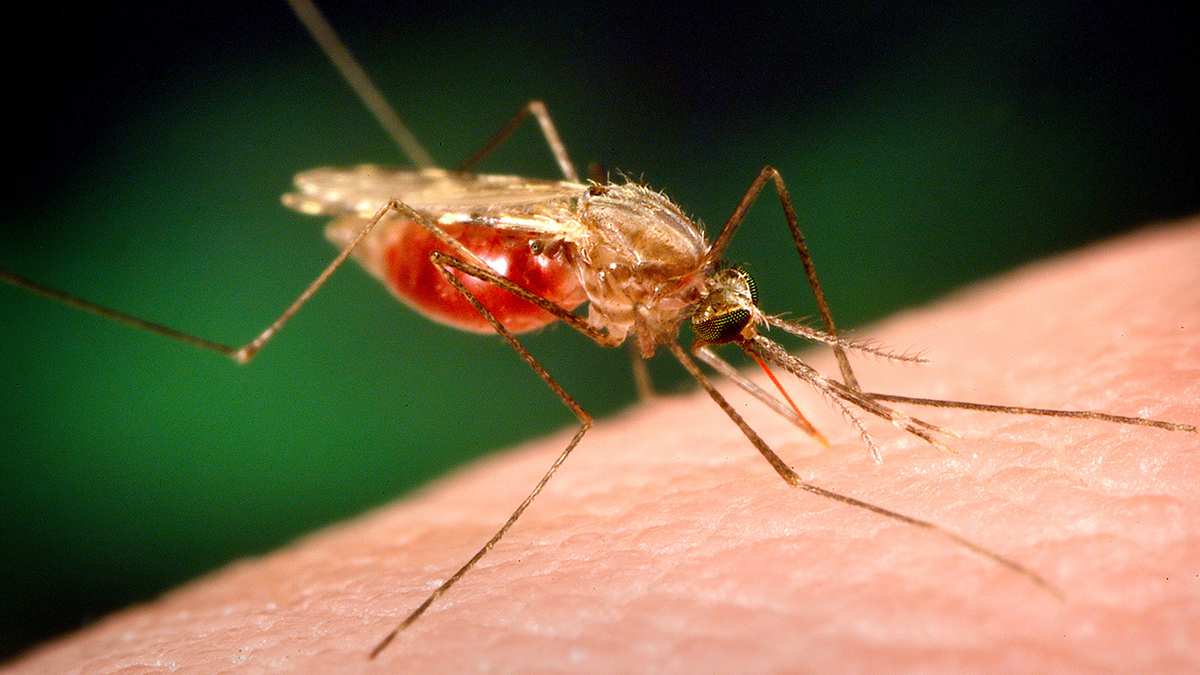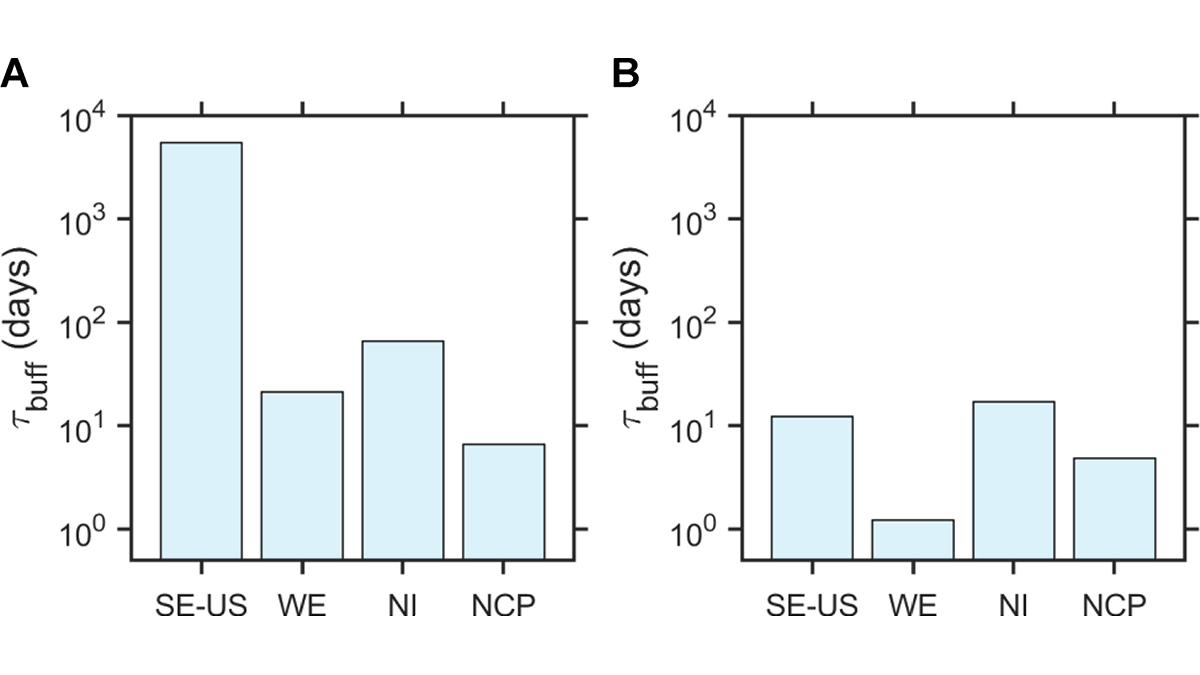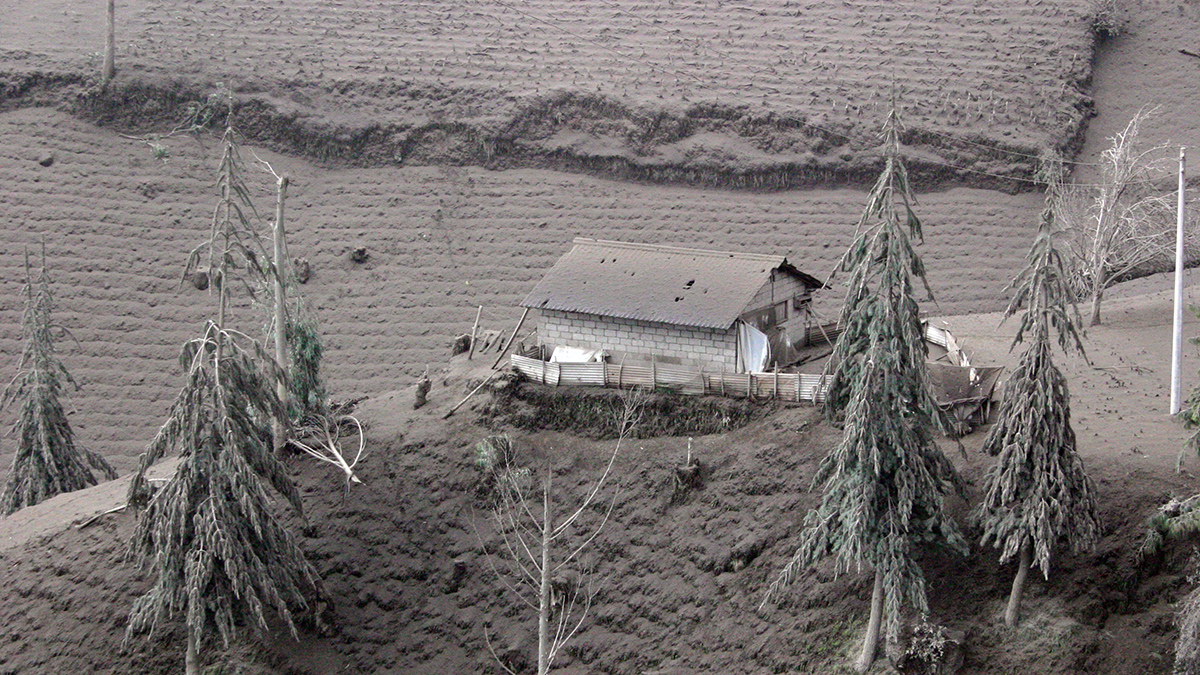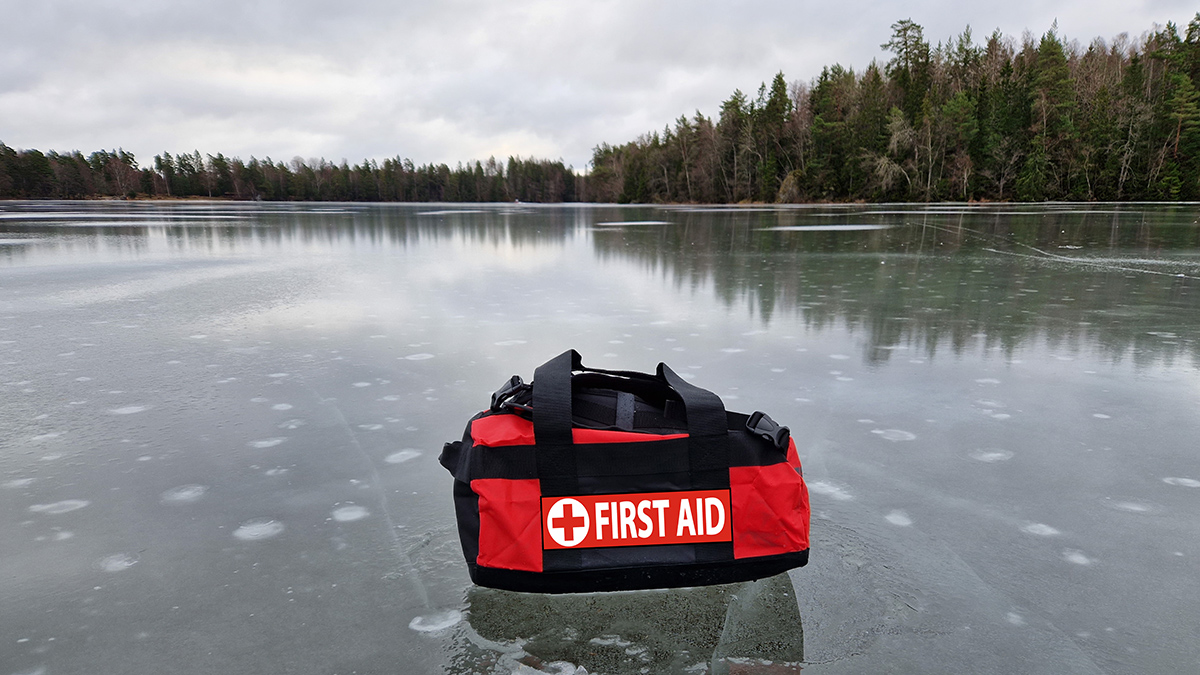Pacific Islander and Hispanic residents of Salt Lake City would benefit most from higher lake levels and reduced dust pollution.
geohealth
La transmisión de la malaria en África varía con el clima y la hidrología
Los datos sobre las precipitaciones por sí solos no pueden predecir dónde puede aparecer la malaria. Si se tienen en cuenta los procesos hidrológicos, los investigadores pueden hacerse una imagen más precisa de la transmisión.
Thanh Huong “Helen” Nguyen: Chasing Down Pathogens
An environmental engineer addresses some of public health’s biggest problems.
Buffering by Ammonia Sustains Sulfate Aerosol Production
A new method for evaluating the role of multiphase buffering and acidification reactions on aerosol pH finds that the buffering effect sustains sulfate production from high pH-favored multiphase reactions.
Mosquitoes Without Borders
Using regional systems based on ecology, not geopolitical boundaries, can give scientists a better picture of the potential spread of West Nile virus.
How Sticky Is It Outside?
Researchers introduce a new variable to quantify the relative contributions of heat and humidity to humid heat.
Water Scarcity Likely to Increase in the Coming Decades
Hydrological modeling suggests that by 2100 more than 65% of the world’s population might, at least sporadically, lack access to clean water.
Malaria Transmission in Africa Shifts with the Climate—and Hydrology
Rainfall data alone can’t predict where malaria may pop up. Factoring in hydrological processes helps researchers paint a more nuanced picture of transmission.
Cómo el volcán Tungurahua arrojó metales pesados en el suministro alimentario de Ecuador
Cuando el volcán Tungurahua de Ecuador entró en erupción múltiples veces entre 1999 y 2016, las comunidades agrícolas cercanas fueron cubiertas por ceniza, la cual dejó metales pesados en sus cultivos.










